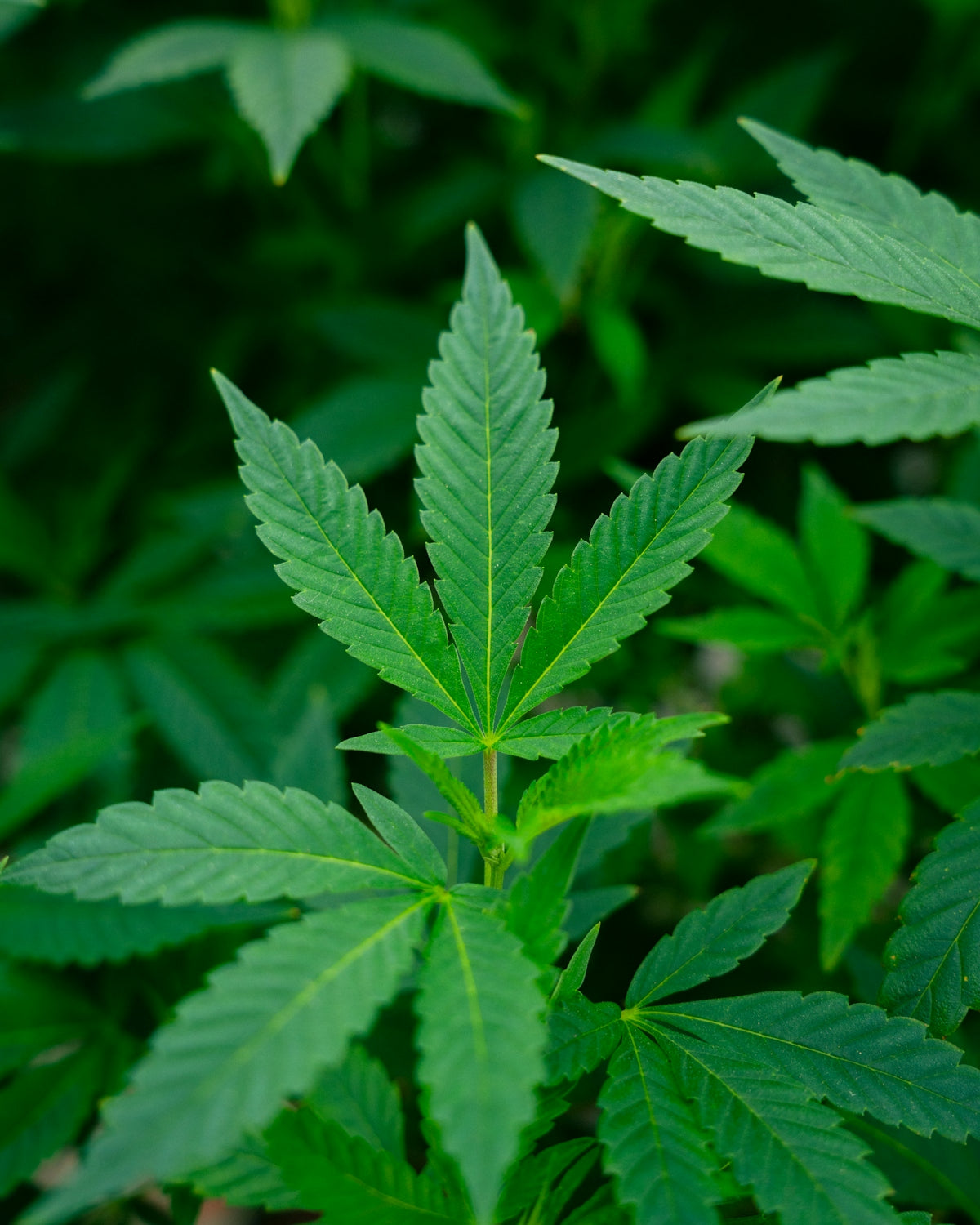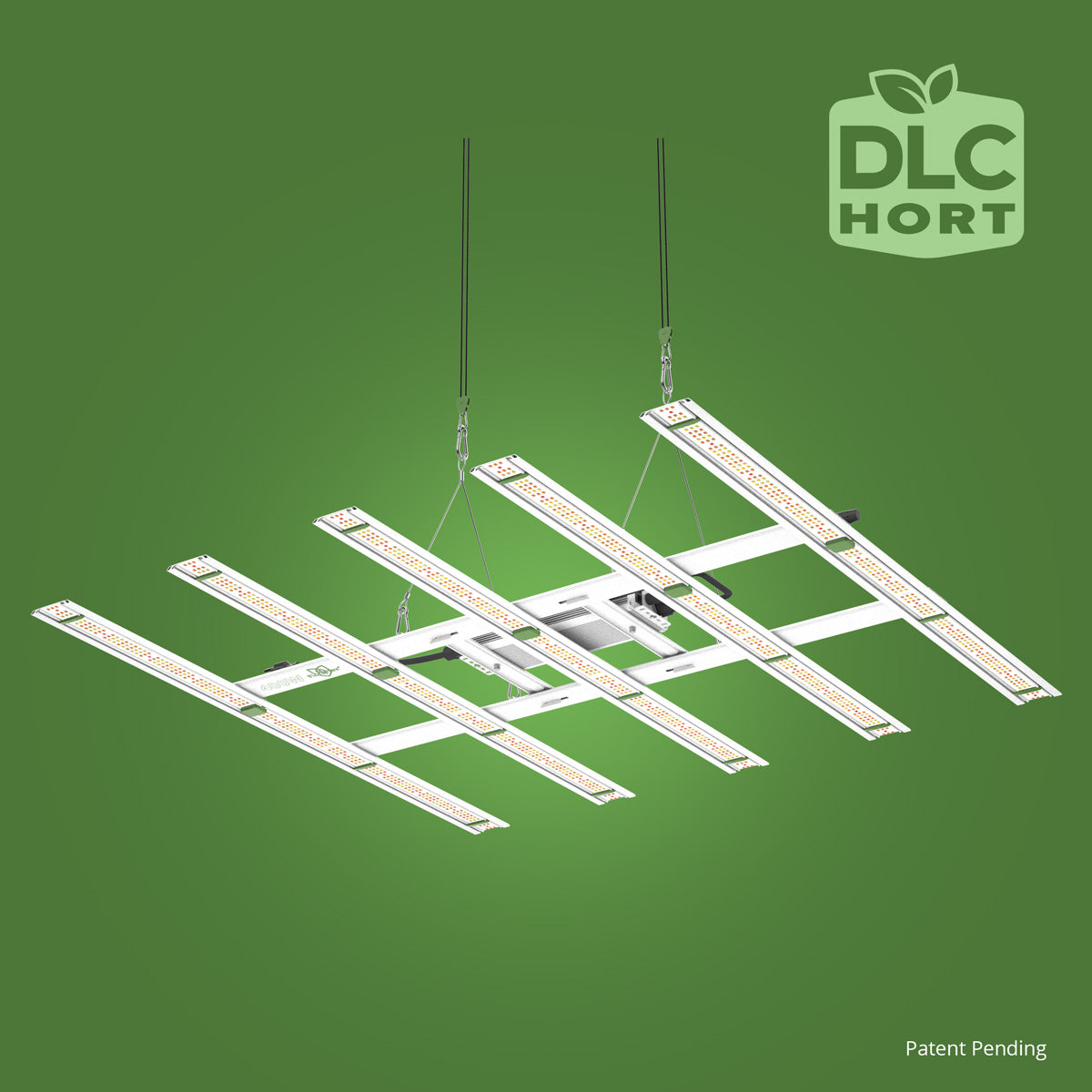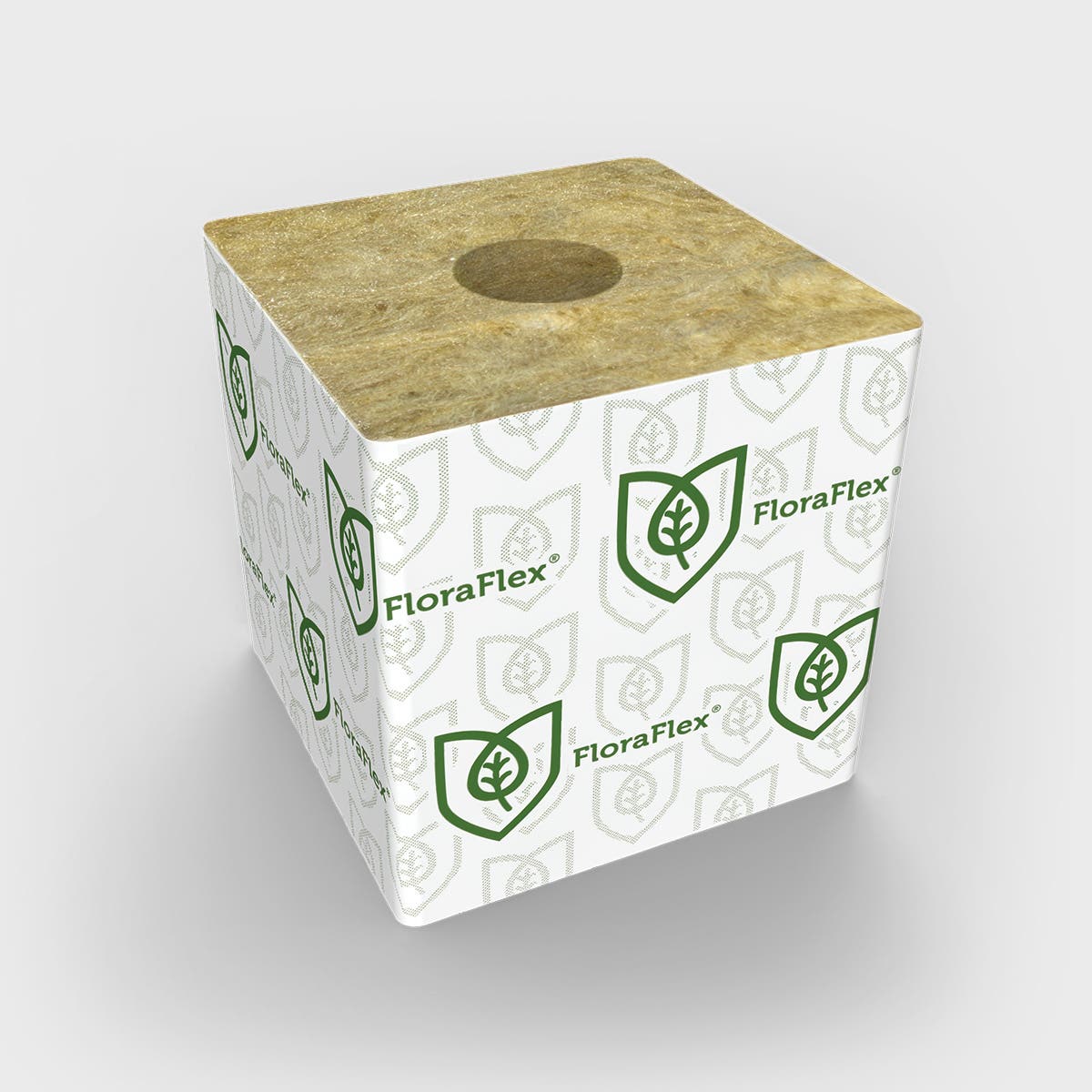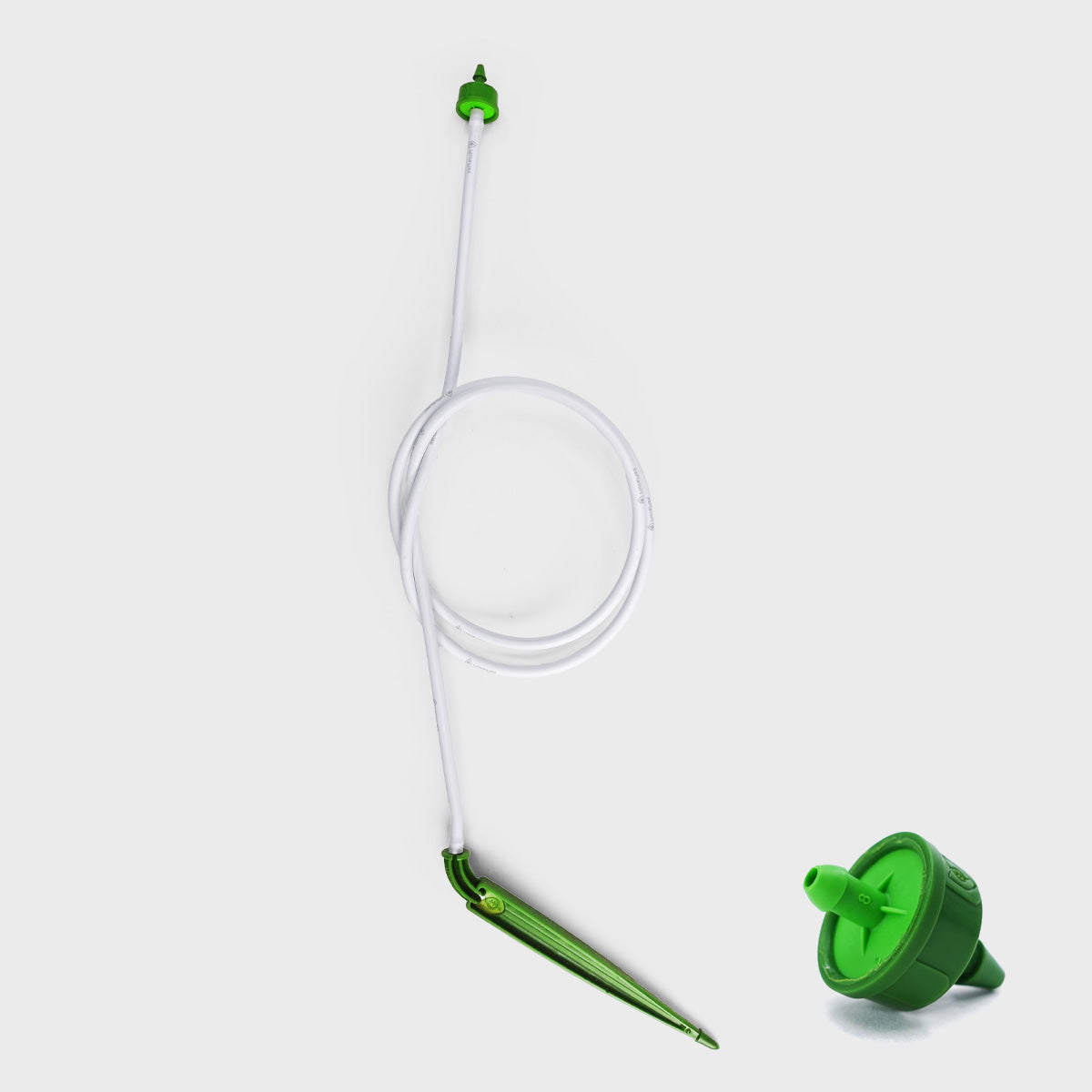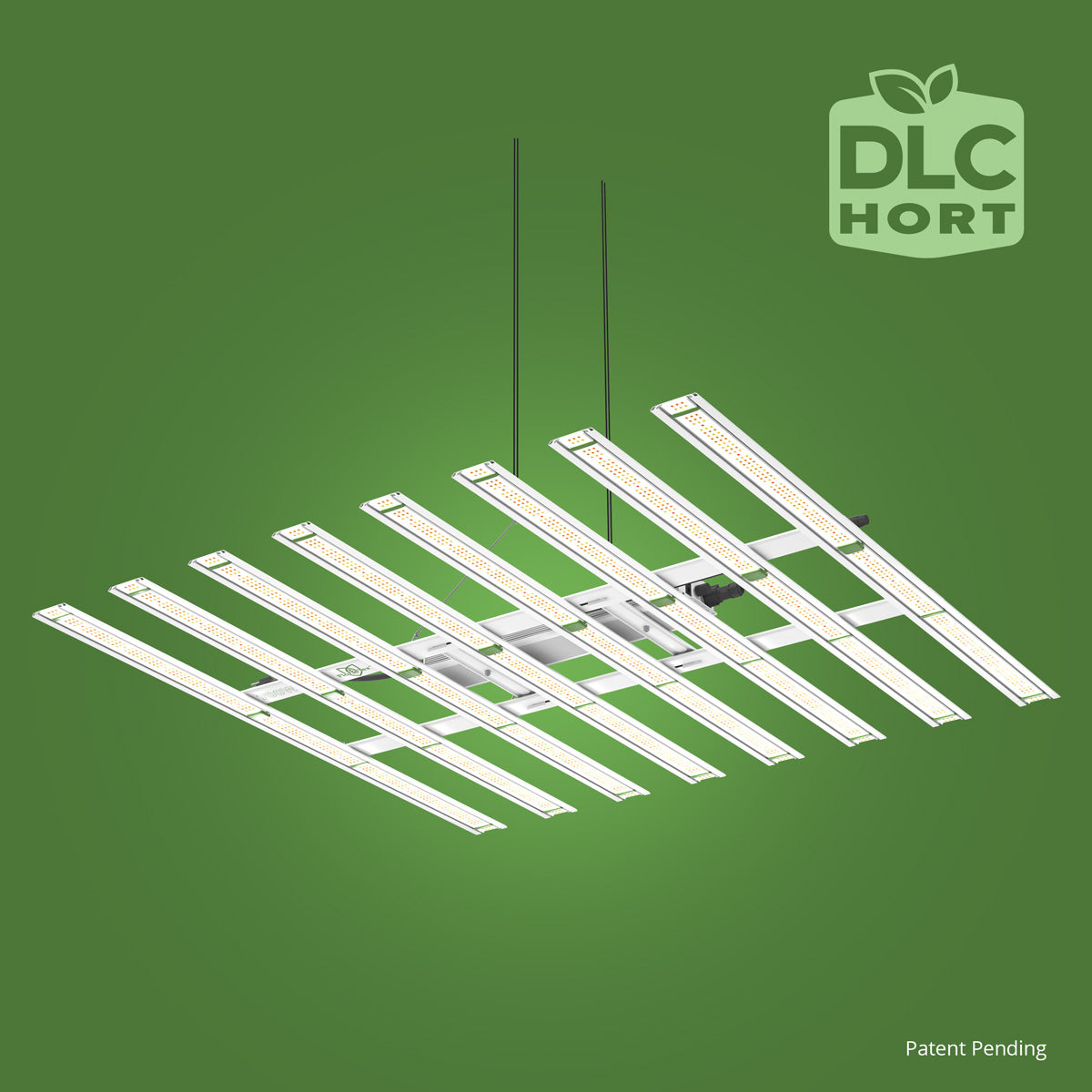Cannabis cultivation is a practice that stretches back thousands of years, deeply intertwined with the history of human civilization. As we journey through time, exploring its historical roots and modern developments, we gain insight into how this resilient plant has adapted to evolving human needs and technological advancements.
The Early Days of Cannabis Cultivation
Cannabis is believed to have originated in Central Asia, with some of the earliest evidence of its use dating back to around 2,500 BC. Archaeological findings suggest that ancient civilizations, including the Chinese and the Scythians, were among the first to harvest and utilize cannabis for its fibers, seeds, and psychoactive properties. In ancient China, it was prized for its medicinal value and industrial uses, such as making clothing, paper, and ropes.
As cannabis spread across different cultures and continents, its cultivation techniques evolved. In India, it was revered as a sacred plant, often associated with religious ceremonies. By the Middle Ages, cannabis had reached Europe and was cultivated primarily for its fibers, leading to the widespread production of hemp textiles.
The Transformation of Cannabis Cultivation
The 20th century marked a significant turn in the history of cannabis cultivation. With technological advancements came new methods and techniques that would redefine how cannabis was grown. The introduction of controlled indoor environments allowed for year-round cultivation, providing consistent conditions that enhanced the quality and potency of the plants.
Genetic improvements also played a crucial role in modern cultivation. Selective breeding led to the development of strains with specific characteristics, such as higher yields, better disease resistance, and unique cannabinoid profiles tailored to different therapeutic needs.
Impact of Legal Developments on Cultivation
Recent years have witnessed substantial shifts in the perception and regulation of cannabis. As many regions began to adapt their legal frameworks, opportunities for research and commercial cultivation expanded. This opened doors for unprecedented innovation within the industry.
The transition from clandestine operations to legitimate agricultural business models fostered the development of sophisticated cultivation techniques. Growers started implementing sustainable practices that prioritize minimal environmental impact, such as hydroponic and aeroponic systems.
Modern Innovations and Technology in Cannabis Cultivation
Today's cannabis industry continues to embrace cutting-edge technologies. The integration of data analytics, artificial intelligence, and automation has enhanced precision in monitoring plant health and optimizing growth conditions. Sensors and control systems help maintain the ideal environment for maximum productivity and efficiency.
Sustainable Cultivation with FloraFlex Products
Among modern innovations, companies like FloraFlex have developed specialized products to support growers in achieving optimal results. One such product is the 6" FloraFlex Wool (Basalt Derived). These rockwool cubes offer excellent water retention and aeration, creating a conducive environment for root development. By using such cutting-edge tools, cultivators can improve water and nutrient efficiency while reducing waste.
The Future of Cannabis Cultivation
As we look to the future, the potential for further advancements in cannabis cultivation seems boundless. Continued research into plant genetics and breeding holds promise for the development of strains with tailored cannabinoid profiles and enhanced resilience to environmental stressors.
Moreover, rising awareness around climate change will likely push the industry toward increasingly sustainable practices. Indoor vertical farming, organic cultivation methods, and renewable energy sources may become standard, ensuring that the industry evolves in harmony with ecological needs.
Conclusion
From its ancient roots to its modern renaissance, cannabis cultivation embodies a rich tapestry of human ingenuity and adaptability. By reflecting on this historical journey, we gain inspiration to embrace future innovations that will propel the industry toward sustainable and ethical cultivation practices.
For those interested in exploring state-of-the-art cultivation products, visit FloraFlex for a deeper look into tools that support modern growing practices.

